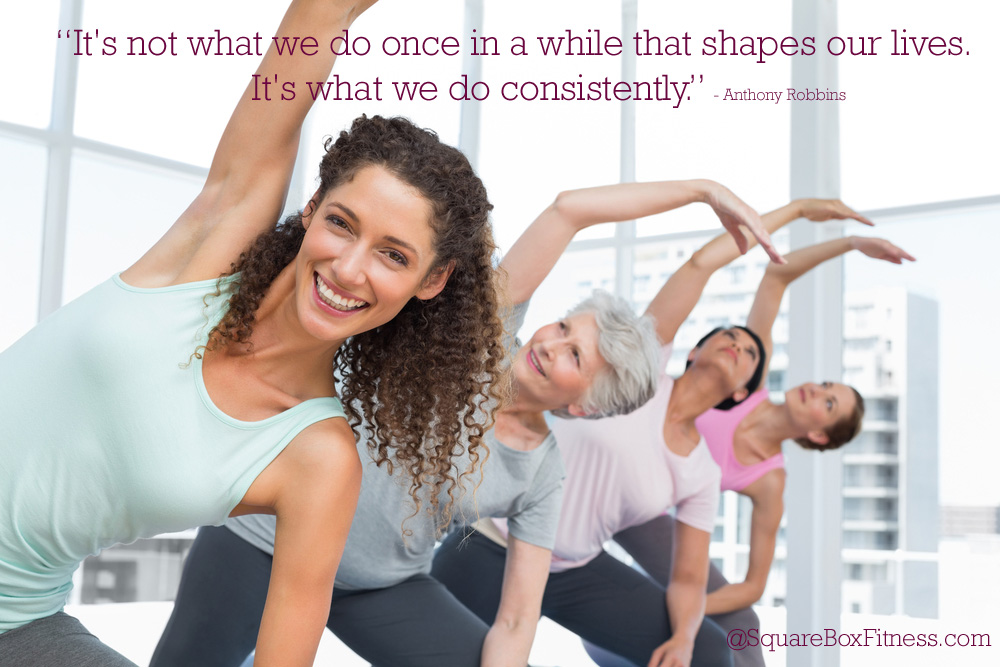Our injuries teach us so much about ourselves. They teach us to see when we are striving or pushing our self too much and teach us to slow down and take note.
My past injuries have taught me to notice when I feel as if I “have to” work harder, they do not withstanding my protest to continue to work at a level that will not sustain health and happiness.
Our bodies are designed to move and operate in the most efficient possible way. Every bone, ligament, and muscle in our body is designed for a specific purpose or movement pattern.
When we do not move or use our body in the most efficient and strongest way, we are predisposing our self to injury.
It is frustrating that a moment’s loss of concentration can lead to months of rehabilitation, and it is unfair that injuries are more likely to occur when we are enjoying our self and forget adequate preparation for movement.
Researchers at the Sahlgrenska Academy, in collaboration with Fifa, analysed injuries over 2002, 2006 and 2010 World Cup tournaments.
They found, players in winning teams were at the greatest risk of injury. They were also surprised to find that the number of injuries per World Cup matches increased with a longer break between matches.
“It sounds contradictory that the risk of injury increases with longer recovery times, but our theory is that this may be due to players losing their focus on match games after a break of several days,” says Jaakko Ryynänen, a Ph.D. student at the Sahlgrenska Academy.
Injury during exercise is also more likely to occur when exercising is sporadic or as “binge exercising.”
The “weekend warrior” is a modern reference to a person who does little or no exercise during the week and then tries to “make up” for it on the weekend.
An unconditioned body cannot meet the demands of intense levels of activity; it cannot go from inactive to an elite athlete in an instant without the risk of injury.
Exercise intensity must be consistent and progressive. Professional athletes prepare for months and years to reach a certain level of physical performance.
It is therefore important to be active and realistic. Matching what you can do with your current physical fitness is a challenge particularly if you have been athletic in previous years.
Injury prevention is a matter of being consistent with exercise, thereby synchronising the brain’s cognitive processes for movement with the physical body’s ability for action.
Being physically unfit is not a destination and nor should suffering from an injury.
Our Shape-Up program is designed to be modified to suit most fitness levels. However, there will be times when recovery from injury must take priority.
Be assured, it is ok, to rest and recover.
I leave you this week with words by Anthony Robins, who is a motivational speaker and an advocate for physical exercise as the key to motivation and success in all aspects of life.
“It’s not what we do once in a while that shapes our lives. It’s what we do consistently.”
Live well and eat well
Anna


Recent Comments